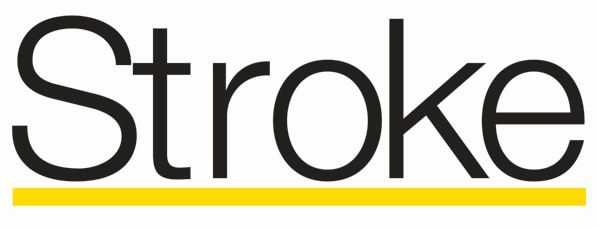Abstract and Introduction
Abstract
Background: Adult hypertension is a well-established risk factor for stroke in young adults (aged <55 years), and the effects are even more deleterious than at an older age. However, data are limited regarding the association between adolescent hypertension and the risk of stroke in young adulthood.
Methods: A nationwide, retrospective cohort study of adolescents (aged 16–19 years) who were medically evaluated before compulsory military service in Israel during 1985 to 2013. For each candidate for service, hypertension was designated after constructed screening, and the diagnosis was confirmed through a comprehensive workup process. The primary outcome was ischemic and hemorrhagic stroke incidence as registered at the national stroke registry. Cox proportional-hazards models were used. We conducted sensitivity analyses by excluding people with a diabetes diagnosis at adolescence or a new diabetes diagnosis during the follow-up period, analysis of adolescents with overweight, and adolescents with baseline unimpaired health status.
Results: The final sample included 1 900 384 adolescents (58% men; median age, 17.3 years). In total, 1474 (0.08%) incidences of stroke (1236 [84%] ischemic) were recorded, at a median age of 43 (interquartile range, 38–47) years. Of these, 18 (0.35%) occurred among the 5221 people with a history of adolescent hypertension. The latter population had a hazard ratio of 2.4 (95% CI, 1.5–3.9) for incident stroke after adjustment for body mass index and baseline sociodemographic factors. Further adjustment for diabetes status yielded a hazard ratio of 2.1 (1.3–3.5). We found similar results when the outcome was ischemic stroke with a hazard ratio of 2.0 (1.2–3.5). Sensitivity analyses for overall stroke, and ischemic stroke only, yielded consistent findings.
Conclusions: Adolescent hypertension is associated with an increased risk of stroke, particularly ischemic stroke, in young adulthood.
Graphic Abstract: A graphic abstract is available for this article.
Introduction
The prevalence of adolescent hypertension is on the rise, with a 75% increase over the last 2 decades.[1] This is related mainly to the global obesity pandemic.[1,2] Several studies have described links between adolescent hypertension, future renal injury (3), and cardiovascular mortality.[3]
Stroke is the second leading cause of death worldwide and the main cause of disability in adults.[4] Moreover, the occurrence of stroke in younger adults carries an exceptionally high disease burden due to its potential for lifelong disability.[5] Among adults, hypertension was the most common modifiable risk factor for stroke.[4] However, data are scarce on the role of adolescent hypertension as a risk factor for future stroke, and it is unclear whether such association is independent of adolescent body mass index (BMI).
In previous works based on a nationwide cohort of adolescents who underwent screening for blood pressure (BP), we demonstrated associations of adolescent hypertension with higher risks for future type 2 diabetes,[6] early- and end-stage renal disease,[7,8] and cardiovascular mortality.[9] Here we studied the association between adolescent hypertension and incident stroke in young adulthood.
Stroke. 2023;54(6):1531-1537. © 2023 American Heart Association, Inc.









